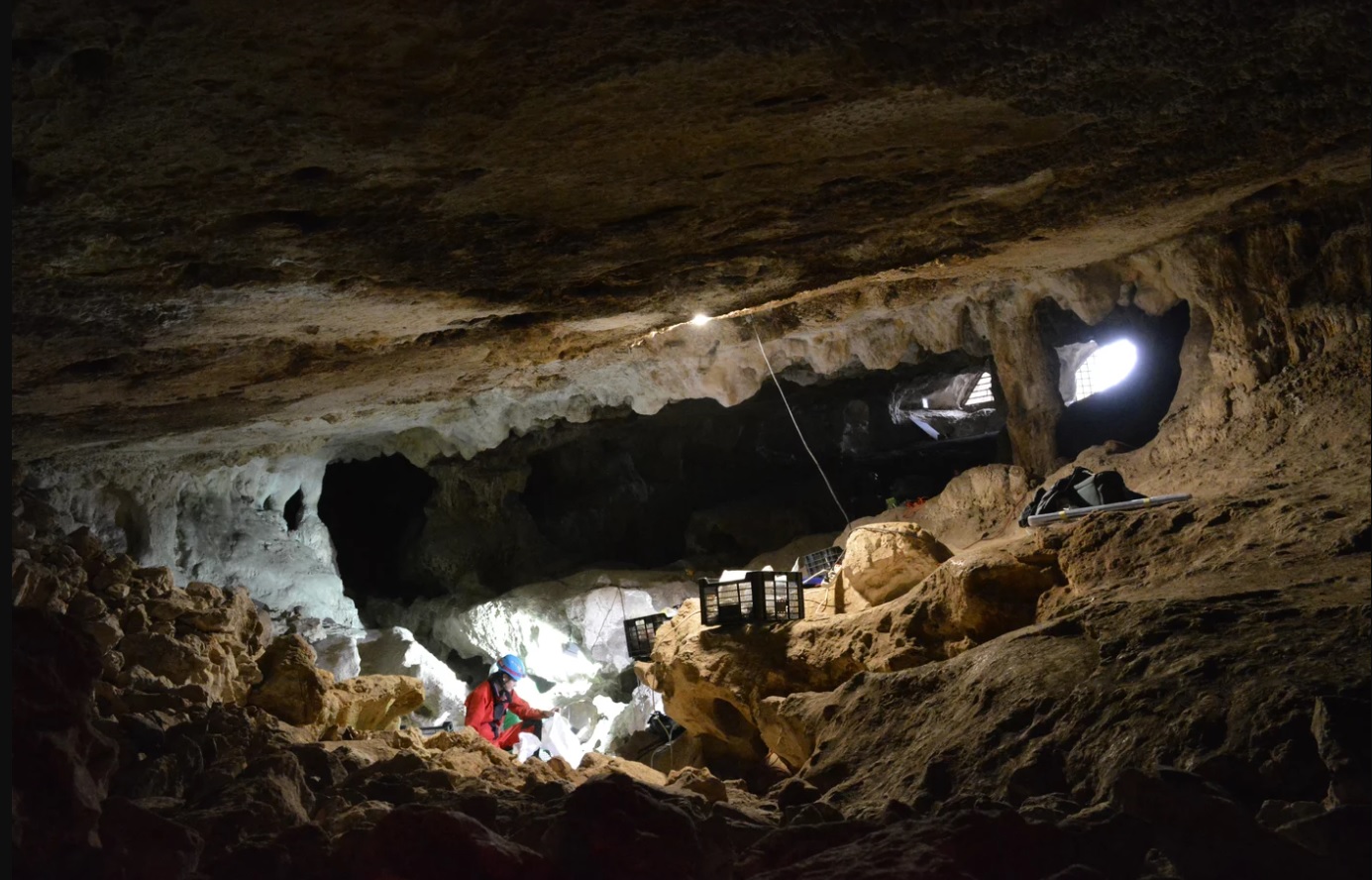
23,000-year-old teeth fill ice age gap , For many years, the Malalmuerzo (“bad lunch”) cave near Granada, Spain, located near rocky farmland, was open to the public. Locals ducked under the low ceiling and crawled through stalactites, and some crawled on their stomachs to the deeper parts of the cave and the early paintings there.
They took home “some artifact […] ceramics, pieces of bone, etc. writes a local businessman. In 1983, the first archaeologists appeared, but the search for souvenirs continued until the local authorities closed Malalmuerzo, now an important site for the study of early humans.
Early humans and the missing link
A new paper led by the Max Planck Institute for Evolutionary Anthropology, reports the discovery there of 23,000-year-old human teeth—the remains of a person who would have lived during the Last Glacial Maximum (LGM), making them the first of their kind.
Archaeologists have long studied how early Europeans survived the coldest period of the last ice age, when glaciers covered 25 percent of the world’s land mass and sea levels dropped. Many people migrated to the relatively warm Iberian Peninsula, especially its southern parts, which are only about 8 miles from North Africa.
The new find fills an important missing link between the Aurignacian group of early humans, who lived before the LGM, and Magdalena, who lived after. The researchers assigned the new man to the Solutrean group, which first appeared in Iberia about 24,000 years ago and produced a range of new stone tools. For the most part, archaeologists map the movements of groups from this time through careful analysis of their tools and implements.
New to the Solutrean Group
The Solutreans settled en masse along the Atlantic and Mediterranean coasts and largely stayed away from the central plateau of Spain. Territorialism also pushes the group into the country’s mountainous northern regions, the study said. But this did not take Solutean to North Africa.
“Why the Strait of Gibraltar was a barrier at the end of the last ice age is still one of the unsolved questions of archaeological research in the western Mediterranean region,” says Gerd-Christian Weniger from the University of Cologne in a press release.
The researchers recovered Malalmuerzo DNA from the pair of incisor-like teeth and eventually concluded that they belonged to the same human, the 23,000-year-old individual. This means that the man lived around the same time that people were painting horse and bull and other abstract figures on the cave walls.
Solutrean rock art resembles that of older Gravettian culture, which spread across Europe about 32,000 years ago and contributed to the younger Solutreans. The study concludes that at the peak of the Gravettian influence, one of the two “genetically distinct groups” formed the other group, which further adapted its technologies to cope with the extreme cold.
After the Solutreans survived the Ice Age, they watched as agriculture became established in Europe thanks to migrants from what is now Asia Minor. While some of the hunter-gatherers spread across a warming Europe, others stayed on the Iberian Peninsula and intermingled with the farmers there.
“Surprisingly, the genetic heritage of Paleolithic hunter-gatherers is still found in the early farmers of southern Iberia,” says Vanessa Villalba-Muco of the Max Planck Institute for Evolutionary Anthropology in a press release, “indicating local admixture between two population groups with very different ways of life.”

